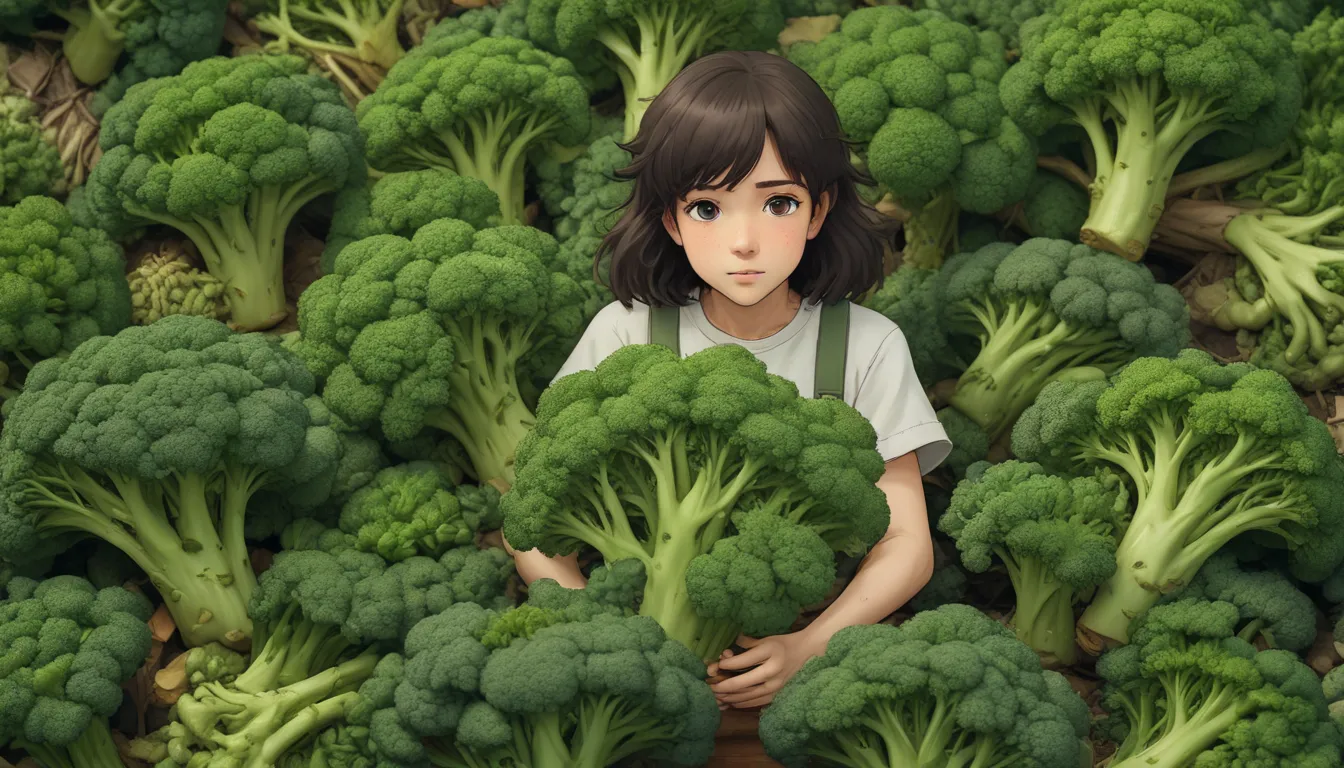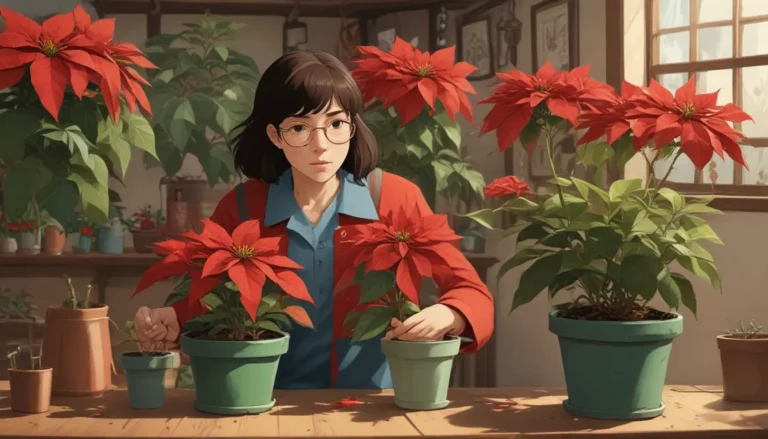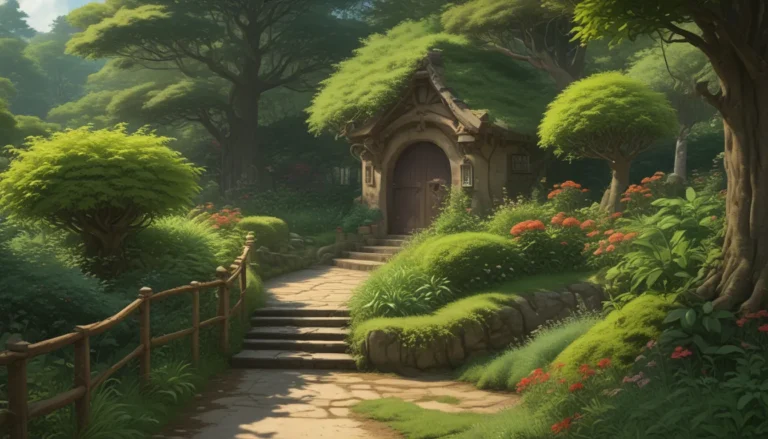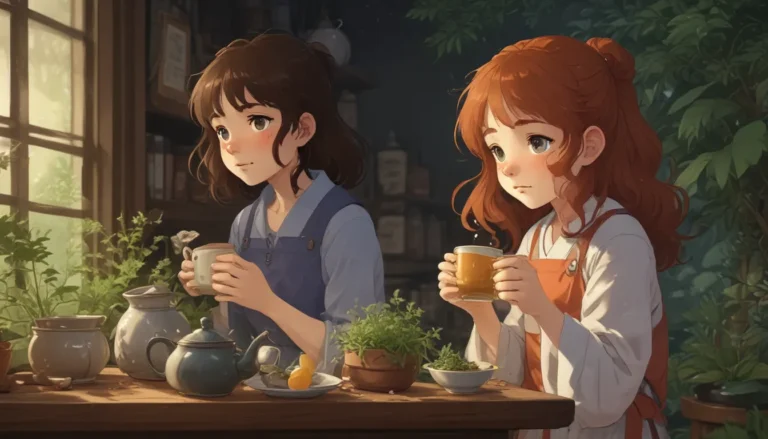A Comprehensive Guide on How to Save Broccoli Seeds at Home

Broccoli, Brassica oleracea var. italica, is a staple in many home gardens due to its versatile and nutritious nature. However, what many gardeners may not be aware of is that the crown of the broccoli plant that we typically consume is actually made up of thousands of tiny, unopened blooms. By allowing the broccoli plant to mature and not harvesting the head right away, you give the plant the opportunity to bloom and potentially be pollinated, resulting in the production of seeds.
The seeds produced from your homegrown broccoli can be collected, stored, and replanted for future growing seasons. Saving seeds from your garden not only helps you cut costs but also allows for controlled cultivation of desired characteristics in your plants. Additionally, homegrown seeds are often healthier and better suited to the local environment than store-bought seeds.
What You’ll Discover
In this comprehensive guide, we will delve into the reasons why saving seeds from your garden is beneficial, the anatomy of a broccoli plant, how to harvest broccoli seeds, tips for storing harvested seeds, and quick pointers to keep in mind when saving seeds.
Why Save Seed from the Garden?
Saving seeds from your garden presents numerous advantages, including:
- Allowing you to grow crops for multiple seasons without additional costs.
- Ensuring you have control over the cultivation of specific plant traits.
- Providing healthier and better-adapted plants for your local environment.
- Enabling you to grow organic produce without any exposure to harmful chemicals.
- Facilitating seed exchanges with other local gardeners to diversify your garden at no extra cost.
- Preserving heirloom varieties for future generations.
It is essential to consider the variety of broccoli you are planting and ensure proper plant spacing to prevent cross-pollination with other brassica plants in the garden.
Anatomy of a Broccoli Plant
Broccoli is classified as a cruciferous vegetable and belongs to the Brassicaceae family. As a broccoli seedling matures, it develops a central stalk that eventually forms the head or crown of the plant, consisting of florets. These florets are small buds that cluster tightly together and will eventually blossom into flowers if the plant is allowed to continue growing. Bolting, which is the term used to describe the plant’s transition to the flowering stage, is a natural process in the broccoli plant’s life cycle.
When the broccoli plant bolts, tall stalks will emerge, supporting small yellow flowers awaiting pollination. Once pollinated, the petals will fall off, and the flowers will transform into seed pods. These pods will mature over time, eventually turning brown and becoming filled with seeds.
How to Harvest Broccoli Seeds
Harvesting broccoli seeds can be a delicate process due to their small size. To collect the seeds:
- Allow the plant to fully mature and turn brown.
- Cut the stalks with shears and bring them indoors.
- Break the pods off the stalks, ensuring to catch any falling seeds.
- Open the pods by pressing and rolling them between your fingers to release the seeds.
Alternatively, you can place the pods in a bag and shake them to open, but this method may result in seed loss. After collecting the seeds, allow them to dry completely before storing.
Storing Harvested Seeds
Proper storage is crucial to maintain the viability of your harvested seeds. Broccoli seeds should be stored in a cool, dry place in paper packets labeled with the harvest date and variety name. Avoid storing seeds in plastic bags to prevent moisture buildup, which can damage the seeds. Conduct a viability test on seeds older than two years by placing them in water – viable seeds sink, while non-viable ones float.
Quick Tips
- Homegrown seeds often produce healthier plants than store-bought ones.
- Harvest seed pods only when the plants have died off and turned brown.
- Ensure harvested seeds are completely dry before storage.
- Label storage packets with essential information and discard seeds older than two years.
Don’t Cut Down Those Bolted Plants
While it might be disappointing to see your plants bolt before harvest, this natural phenomenon can yield valuable seeds for future planting. Embracing the full life cycle of your plants not only saves you money but also contributes to a sustainable garden environment.
What are your success stories with growing plants from saved seeds? Share your experiences and tips in the comments below!
Expand your knowledge of growing broccoli with these related articles:
- How to Harvest Broccoli: A Crop that Keeps on Giving
- Why Won’t My Broccoli Form Heads?
- How to Grow Broccoli in Containers
- What’s Killing My Broccoli? 13 Common Diseases
Remember, by saving seeds from your garden, you contribute to the preservation of heirloom varieties and create a sustainable and cost-effective gardening practice. Start harvesting your broccoli seeds today and enjoy the benefits of homegrown, nutrient-rich produce for years to come.





